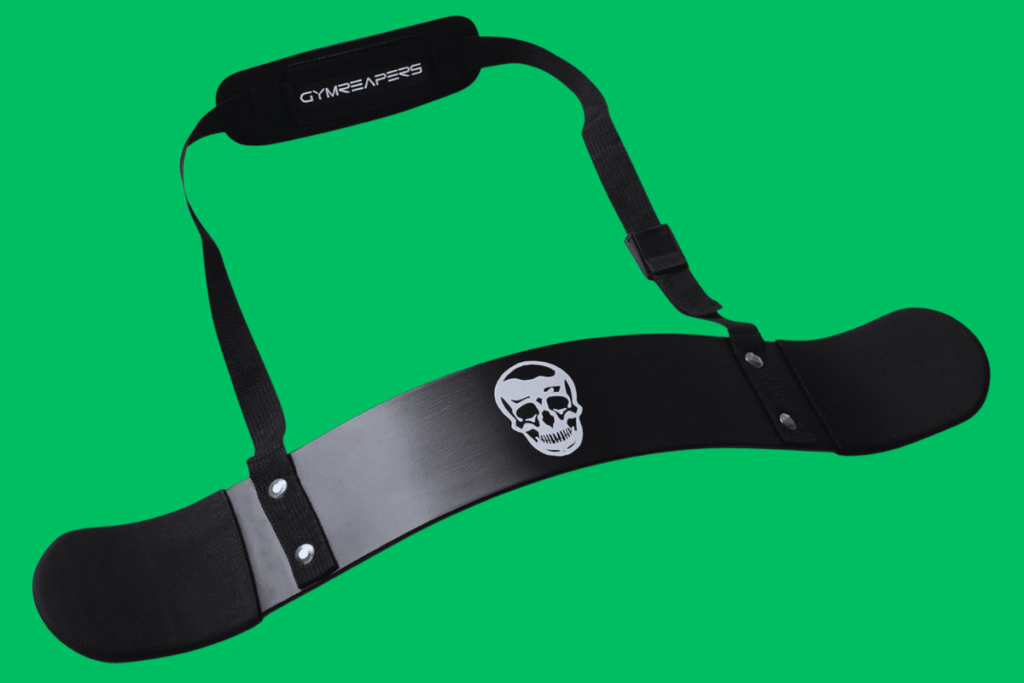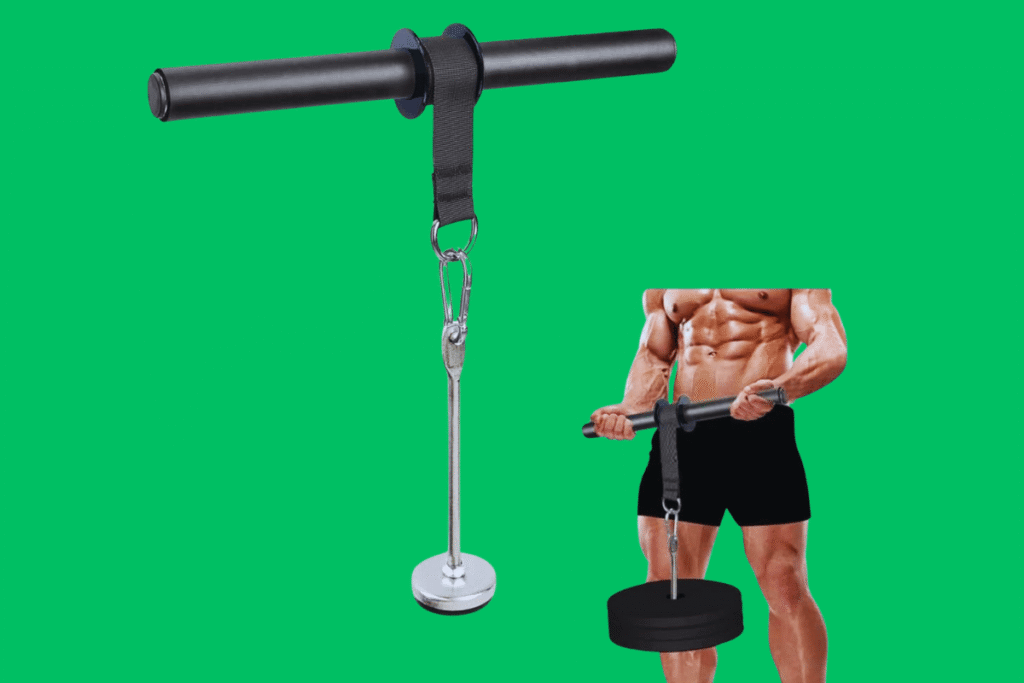Many people want bigger, stronger arms, and achieving this goal is possible with the right approach. Bigger arms are not only about appearance but also about improving strength and functionality. To grow your arms quickly, you need a combination of effective exercises, proper nutrition, and consistent effort.
Your arms are made up of three main muscle groups: biceps, triceps, and forearms. To build them fast, you must train each group effectively. Exercises like bicep curls, tricep dips, and wrist curls are essential. Adding compound movements like pull-ups and push-ups can also speed up your progress.
Besides working out, your diet plays a critical role in arm growth. Eating enough protein, healthy carbs, and fats fuels muscle repair and development. Staying consistent with your routine and giving your muscles time to recover are equally important.
This content will explain the best exercises, nutrition tips, and strategies. It will help you to grow your arms fast. With dedication and focus, you can achieve noticeable results in a short time. Let’s dive into the steps you need to take for stronger, bigger arms!
Focus on Targeted Exercises | Bigger Arms
To grow your arms fast, include exercises that specifically target your arm muscles.
Bicep Exercises

Bicep exercises are essential for building strong, well-defined arms. Key exercises include bicep curls, which target the front of the upper arm and are easy to perform with dumbbells or resistance bands. Hammer curls work both the biceps and forearms, adding balance to your arm strength. Concentration curls focus on one arm at a time, ensuring greatest muscle engagement. Incorporate these exercises into your routine 2–3 times a week for effective results. Use proper form and gradually increase weights to challenge your muscles. Consistency with these exercises will help you build bigger and stronger biceps over time.
Bicep Curls: Use dumbbells or resistance bands for this classic move.
Hammer Curls: These target both the biceps and forearms.
Concentration Curls: Focus on one arm at a time for better muscle engagement.
Tricep Exercises

Tricep exercises are crucial for building the back of your arms. Tricep dips are effective, using a bench or chair to lower and lift your body. Overhead tricep extensions target the triceps by lifting a dumbbell or resistance band above your head. Close-grip push-ups focus on the triceps while also working your chest and shoulders. These exercises should be part of your routine 2-3 times a week. Focus on form and gradually increase the intensity to see faster results. Regularly training your triceps will lead to stronger, more defined arms.
Tricep Dips: Use a bench or sturdy surface to strengthen the back of your arms.
Overhead Tricep Extension: Use a dumbbell or resistance band to work the triceps.
Close-Grip Push-ups: These target the triceps while engaging your chest and core.
Forearm Exercises

Forearm exercises help build strength and endurance in your lower arms. Wrist curls are simple yet effective. Use a dumbbell or barbell to target the forearm muscles by curling your wrists up and down. Reverse wrist curls work the opposite muscles by holding the weight with palms facing down. Farmer’s walks involve holding heavy weights in each hand and walking a set distance. It improves grip strength. Hammer curls also engage the forearms along with the biceps. These exercises should be done 2-3 times a week for best results. And they ensure balanced arm strength and improved grip.
Wrist Curls: Strengthen the forearms with this simple movement.
Reverse Curls: Engage the forearms and biceps simultaneously.
Train With Progressive Load
Gradually increase the weight or resistance you use for exercises. This challenges your muscles and promotes growth. Perform 8–12 reps per set, as this range is ideal for building muscle.
Add Variety in Your Movements
Add exercises like pull-ups, chin-ups, and bench presses. These compound movements work in various muscles. For example, your stronger arms help them grow faster.
Train Consistently
Work out your arms 2-3 times a week. Give your muscles time to recover between sessions. Avoid overtraining, which can slow down growth.
Eat for Muscle Growth
Nutrition plays a vital role in building bigger arms.
Increase Protein Intake: Protein repairs and builds muscles. Include chicken, eggs, fish, tofu, and beans in your diet.
Add Healthy Carbs: Carbs provide the energy needed for intense workouts. Choose whole grains, fruits, and vegetables.
Don’t Skip Healthy Fats: Fats support muscle recovery and health. Add nuts, seeds, and avocado to your meals.
Stay Hydrated: Drink plenty of water to keep your muscles hydrated and functioning well.
Get Enough Rest
Rest is crucial for muscle growth and recovery. When you work out, your muscles experience small tears. Rest allows your muscles to repair and grow stronger. Without enough rest, your muscles won’t fully recover, and you may risk overtraining or injury. Aim for 7–9 hours of sleep each night to support muscle repair and health. Take rest days between intense workouts, especially when training the same muscle groups. This balance of exercise and rest is key to seeing progress and achieving your fitness goals.
Track Your Progress
Tracking your progress is essential to measure improvements and stay motivated. Record key details like the number of reps, sets, and weight used during each workout. You can also note any changes in your body measurements or strength levels. Regularly reviewing your progress helps identify areas for improvement and ensures you’re pushing yourself appropriately. It also allows you to see how far you’ve come, which boosts motivation. Whether through a fitness journal or an app, tracking ensures you’re on the right path toward your fitness goals and helps you make necessary adjustments to your routine.
Stay Consistent and Patient
Consistency and patience are key to achieving your fitness goals. Progress takes time, and results won’t happen overnight. Stick to your workout routine, focusing on regular exercise and proper nutrition. Even on days when progress seems slow, staying consistent will eventually lead to visible improvements. It’s important to be patient, as muscle growth and strength take time to develop. Trust the process, keep pushing forward, and don’t get discouraged by temporary setbacks. With steady effort and persistence, you will see the results you desire. Stay committed, and the gains will follow.
Add Variety in Your Workout Routine
Adding variety to your workouts is essential for continued progress and avoiding plateaus. Changing your exercises, workout routine, or equipment keeps your muscles challenged and prevents boredom. Try different variations of basic exercises like squats, push-ups, or bicep curls to target muscles in new ways. You can also experiment with equipment such as dumbbells, resistance bands, or kettlebells. Incorporating cardio, flexibility, or balance exercises can also improve overall fitness. Switching up your routine every few weeks will stimulate muscle growth and keep your workouts exciting. Variety ensures that you are working all muscle groups effectively and helps maintain motivation.
Avoid Common Mistakes
To effectively train your arms and avoid common mistakes, follow these essential steps:
Train Your Triceps Equally The triceps make up a larger portion of your arm than the biceps. Make sure to train them as much as your biceps to ensure balanced arm growth. Include exercises like tricep dips, overhead extensions, and tricep pushdowns in your routine to target this area properly.
Focus on Proper Form Using improper form during exercises can lead to injuries and limit muscle growth. Always prioritize good technique over lifting heavier weights. Start with lighter weights and master the form before progressing to heavier resistance. Proper form engages the targeted muscles and prevents unnecessary strain on your joints.
Avoid Overtraining Muscles grow and repair during rest, not while you’re working out. Overtraining can lead to injury and hinder your progress. To prevent this, allow at least 48 hours of rest between workouts targeting the same muscle groups. This gives your muscles the time they need to recover and grow stronger.
Progress Gradually As you gain strength, gradually increase the weight or resistance in your exercises. This is known as progressive overload, which helps stimulate muscle growth. Aim to push yourself just enough to challenge your muscles without sacrificing form.
To Conclude
Getting bigger arms fast requires focus, consistency, and a well-rounded approach. By targeting all the key muscles—biceps, triceps, and forearms—you can build strength and size effectively. Stick to proven exercises like bicep curls, tricep dips, and wrist curls while incorporating compound movements like pull-ups and push-ups for better results.
Nutrition plays a critical role. A diet rich in protein, healthy carbs, and fats will fuel muscle growth and repair. Hydration and proper rest are equally important to keep your body functioning at its best.
Remember to use progressive overload, gradually increasing the weight or resistance in your workouts. Track your progress and make adjustments to challenge your muscles as they grow. Avoid overtraining by giving your arms enough time to recover between sessions.
Building bigger arms is not just about doing more; it’s about working smarter. Stay consistent, focus on proper form, and keep pushing yourself toward your goals. With dedication and the right strategy, you’ll see noticeable results in no time. Strong, well-defined arms are within your reach—stay committed and trust the process!
Want more fitness tips, expert advice, and home workout guides?
Subscribe to our newsletter and get weekly updates straight to your inbox. Stay motivated, stay informed, and crush your fitness goals—one email at a time!










